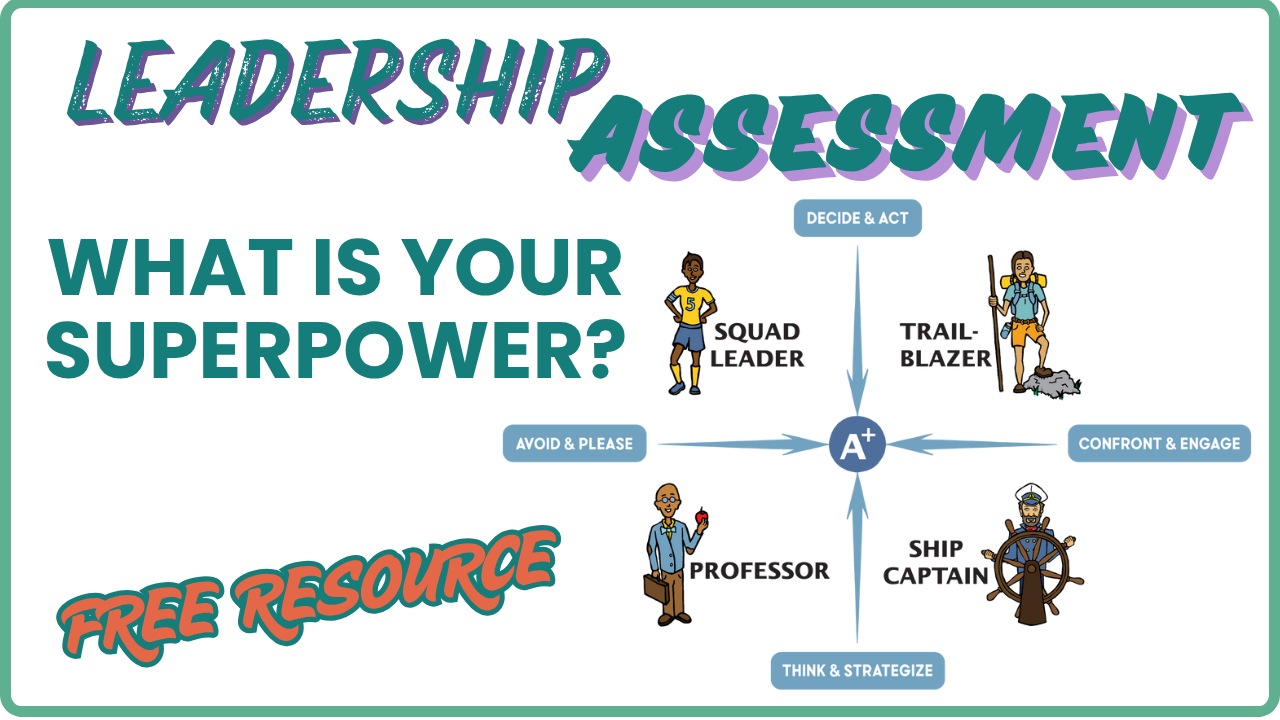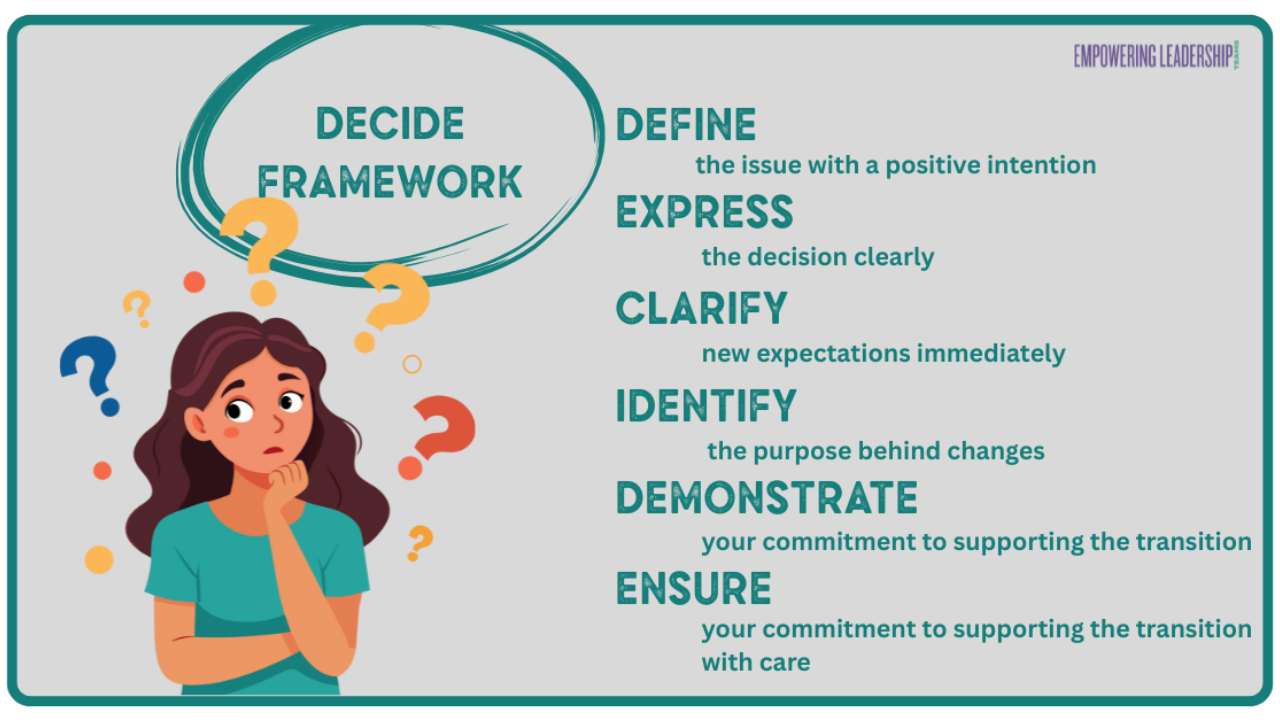Moving the Needle in 2025: A Leader's Guide to Strategic Progress

"In entrepreneurial businesses, we are always doing as much as we can with limited resources - success comes from making those resources count."
As I sat down to prepare for my recent LinkedIn Live session, one thought kept coming back to me: entrepreneurial leaders are constantly doing more with less. It's a reality we all face - leading businesses with limited resources while trying to maximize our impact. This challenge inspired me to share some crucial insights about moving the needle in 2025.
The Four-Bucket Framework
In my years of coaching entrepreneurial leaders, I've found that clarity often comes from simplification. That's why I advocate for what I call the "four-bucket" approach to strategic planning. At its core, this framework helps leaders align their financial goals with strategic initiatives while keeping teams focused on what matters most.
The top two buckets—financial goals and strategic goals—serve as our north star. They answer the fundamental questions: What are we trying to achieve financially? What new, big, or different initiatives are we undertaking? These then inform our bottom two buckets: priority projects and internal improvements.
Understanding the relationship between these four buckets gives team members a clearer picture of how their work connects to the larger business goals. It not only helps them see the bigger picture but also empowers them to ask insightful questions: How does this project contribute to our financial or strategic goals? What priorities should guide our decision-making? When teams grasp this alignment, they can focus their efforts more effectively and make decisions that consistently support overall business success.
Making the Most of Limited Resources
One truth I've learned is that we are all limited resources—both as individuals and as teams. While our potential for creativity and problem-solving is boundless, our time, energy, and attention are not. Maturing as a business leader requires recognizing this reality and shifting how we think about ourselves and our teams as resources.
This means acknowledging that we cannot be everything to everyone, and that prioritization is not a weakness but a strategic necessity. It’s about developing a mindset that balances ambition with sustainability. By setting clear boundaries, delegating effectively, and focusing on high-impact areas, we conserve our energy for what matters most.
Teams thrive when leaders help them understand their roles as vital resources within the business ecosystem. This involves not only distributing tasks strategically but also fostering an environment where team members feel empowered to manage their own capacities. A mature organization doesn’t just do more with less—it regularly aligns with the business picture, using that information to assess and optimize resources. A team united around the business picture ensures that every effort contributes meaningfully to progress.
Building an Empowered Team Culture
"Agreements are the main mechanism of teamwork. They are either running in the background, not communicated out loud, or they are communicated and confirmed." This principle has become central to how I approach team development.
The best teams excel at making clear agreements and renegotiating them as needed. It’s not just about setting expectations at the start of a project—it’s about maintaining open communication and alignment as the work progresses. As new information comes to light or circumstances change, teams that revisit and adjust their agreements ensure that everyone stays on the same page.
At the same time, it’s crucial to keep the strategic plan as an anchor point. While flexibility is necessary, the plan provides the "why" behind the work and ensures that shifting priorities don’t cause the team to lose sight of the bigger goals.
The Leadership Reputation Factor
As you build a culture of empowerment through clear agreements, it’s important to recognize how your leadership reputation shapes the environment you’re creating. As we move into 2025, I encourage leaders to think deeply about their leadership reputation. This is more than just how others perceive you—it’s about the legacy you’re building through your actions, decisions, and interactions. What do you want to be known for? How do you want your team, peers, and partners to describe your leadership?
Your leadership reputation is shaped in the moments that matter: when you navigate challenges, make tough decisions, and show up for your team. It’s not about striving for perfection—it’s about consistency, intentionality, and growth. Leaders who are mindful of their impact foster trust, loyalty, and respect within their organizations.
Building a strong leadership reputation starts with self-awareness. Observe how your actions align with your intentions and how your communication style affects those around you. Are you creating an environment where people feel safe to take risks, share ideas, and grow? Are you modeling the behavior you want to see in your team? Remember, psychological safety is the number one element needed for a high-performance team. And each team interaction is an opportunity to add to that safety and sustain a healthy business culture.
Leadership reputation isn’t static; it evolves as you do. The key is to approach it as an ongoing process of refinement, ensuring that your actions consistently reflect the leader you aspire to be.
Looking Forward While Acknowledging Progress
One observation that consistently strikes me is how rarely we claim our wins in entrepreneurial businesses. We're often so focused on what's next that we forget to acknowledge how far we've come.
As leaders advance in their roles, their responsibilities often shift from being task-driven to focusing on strategic thinking and influence. This evolution can leave some leaders and team members feeling unmoored, as their traditional markers of success—like checking off a to-do list—become less relevant. Recognizing this shift is essential to redefining what success looks like at a higher level of leadership.
For example, achieving more regular and productive meetings with your CEO is a goal many entrepreneurial leaders aspire to. While it may not feel like a traditional "win," it represents a significant accomplishment. These meetings create alignment, unlock strategic insights, and empower leaders to translate vision into action for their teams. Recognizing and celebrating these types of wins not only reinforces progress but also helps leaders stay motivated and connected to their purpose.
Redefine what wins look like in your role based on what your role in the organization requires today. As you continue to grow into your leadership position, make it a habit to claim your wins—and encourage your team to do the same. When you model this practice, it not only boosts your own motivation but also creates a ripple effect, fostering a culture of recognition and empowerment throughout your team.
Claiming your wins and acknowledging your team members' growth and positive impact is a powerful demonstration of leadership. By celebrating both your own wins and those of your team, you set the stage for a successful and empowered 2025 and beyond.
Final Thoughts
As we move forward into 2025, remember that moving the needle isn't just about hitting targets - it's about building sustainable practices that enable long-term success. Whether you're focusing on strategic planning, team development, or personal leadership growth, the key is to remain intentional and focused on what matters most.
Remember, in entrepreneurial businesses, we may have limited resources, but our potential for impact is unlimited when we approach our challenges with clarity and purpose.
Author: Heather McGonigal
Related Video:
Move the Needle in 2025: Strategic Steps for Entrepreneurial Leaders
Related Articles:
The V State of Leadership: Reflecting on Growth and Future Vision
New Year, New Impact: Leadership Strategies for 2025

Ready to take your leadership skill to the next level?
Our eGuide "Unleashing Your Leadership Potential" is your secret weapon. Learn to overcome imposter syndrome, leverage your unique strengths, and inspire your team to greatness.
















